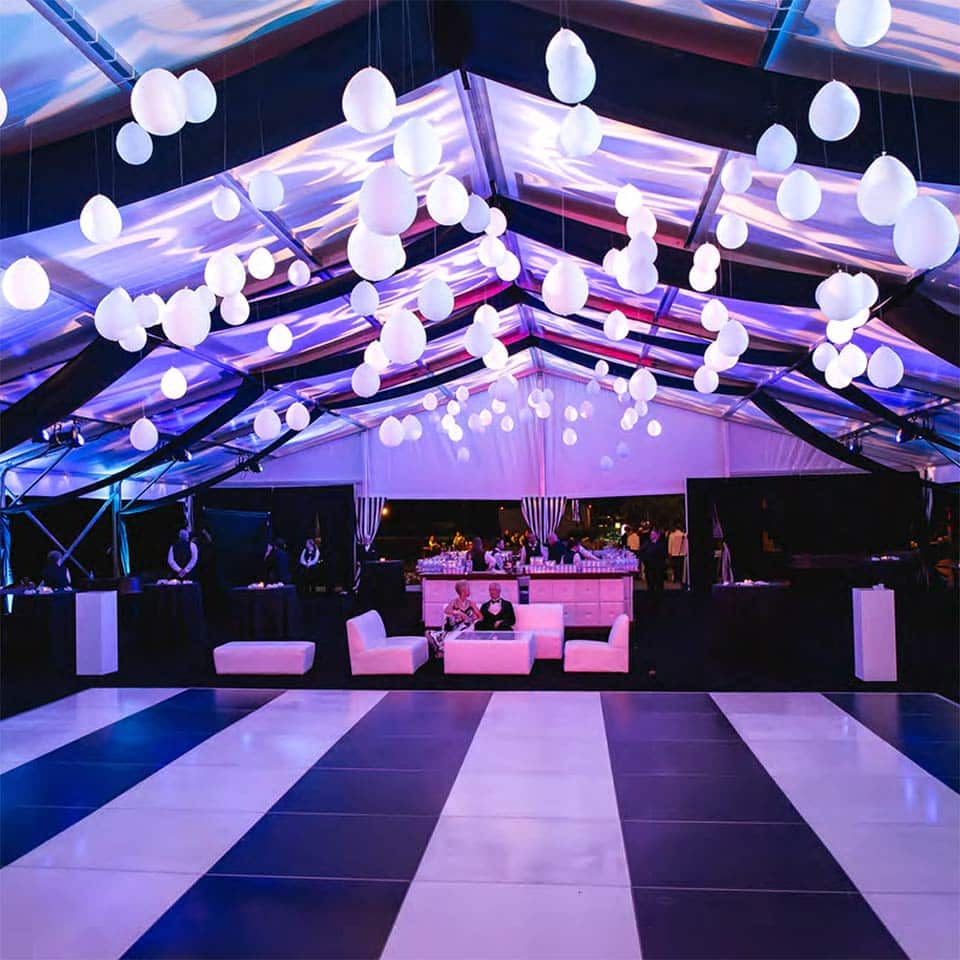The Life-changing Strength for Lighting on Enhancing Dancing Area Aesthetics
Wiki Article
Illumination plays a critical role in creating the ambiance of a dancing area. It can change a basic space into an thrilling setting that improves the total experience for performers and spectators alike. The appropriate lighting can influence the feeling, energy, and even the style of the performance being performed. By using multiple types of lighting, such as spotlights, colored illumination, and strobe effects, event organizers can design a dynamic environment that captivates the audience and invites participation.

One of the key functions of lighting on a dance floor is to illuminate the dancers. Focused lights can be used to focus attention on individual dancers or groups, making them the center of attraction. This technique not only showcases their movements but also adds a layer of drama to the performance. When dancers are illuminated effectively, their facial expressions and skills become more apparent, allowing the spectators to appreciate their skills. This focused lighting can also help to create a narrative, guiding the audience through the show.
In furthermore to showcasing performers, colored illumination can significantly impact the mood of the dance floor. Different colors elicit different emotions; for example, warm colors like red and orange can create a sense of enthusiasm and vitality, while cooler colors like azure and emerald can encourage calmness and relaxation. By strategically using colored illumination, organizers can control the environment to match the theme of the event or the style of the performance. This thoughtful approach to lighting design can enhance the complete encounter for all involved.
Flashing lights and other dynamic lighting features can also add thrill to a dancing area. These features can create a sense useful link of rhythm and movement that matches the soundtrack being performed. When timed with the beat, strobe lights can make the dance floor feel alive, inviting dancers to groove in sync with the pulsing lights. This interaction between light and music can elevate the vitality of the occasion, making it more pleasurable for both performers and spectators. The use of such features requires careful planning to ensure they enhance rather than divert from the show.
Finally, the overall design of the lighting arrangement is essential for establishing a unified look on the dance floor. A well-thought-out lighting plan takes into account the configuration of the area, the type of performance being executed, and the audience's experience. By combining different lighting techniques, such as ambient lighting, accent lighting, and unique features, planners can create a visually impressive setting. This focus to detail not only enhances the show but also creates a lasting impression on the spectators, making the occasion memorable. In conclusion, the powerful influence of lighting is vital in improving dancing area aesthetics, creating an captivating and pleasurable encounter for everyone.